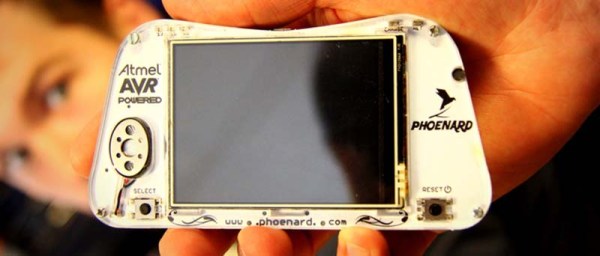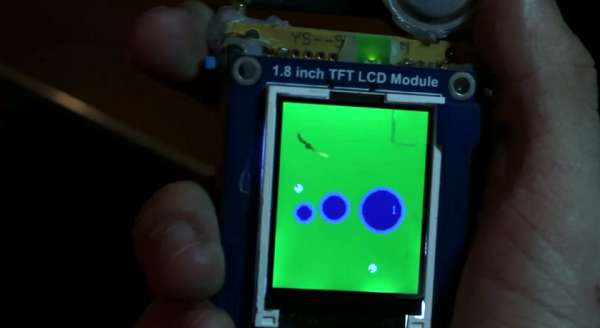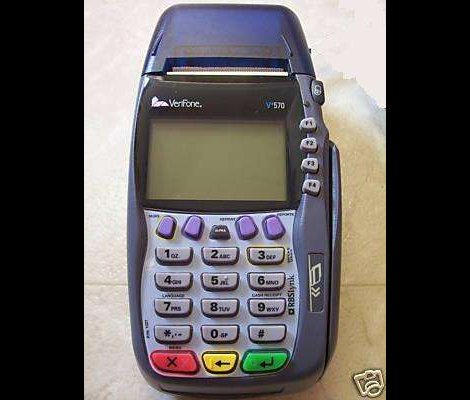The Hackaday Prize party wasn’t just about the five finalists; actually, there were more THP entries in attendance – All Yarns Are Beautiful, OpenExposer, M.A.R.S., a 3D scanner, and a few more that I’m forgetting – than actual finalists. In addition, a number of people brought projects that had never seen the light of day, like [Ralf] and [Pamungkas]’ Phoenard.
Phoenard is a Kickstarter project the guys launched at the prize party, something they could attend as a little side trip after manning the ‘maker’ part of the Atmel booth at Electronica. They’ve come up with a tiny handheld device that can only be described as a ‘gadget’. It has a touchscreen, a battery, an MegaAVR, a few connectors, and not much else. What makes this project cool is how they’re running their applications. A bootloader sits on the AVR, but all the applications – everything from a GSM phone to an MP3 player – lives on a microSD card.
The Phoenard guys have come up with a few expansion modules for Bluetooth LE, GSM, GPS, and all the usual cool modules. Plugging one of these modules into the back of the device adds capability, and if that isn’t enough, there’s an old 30-pin iPhone connector on the bottom ready to accept a prototyping board.
Video of these guys below.

















